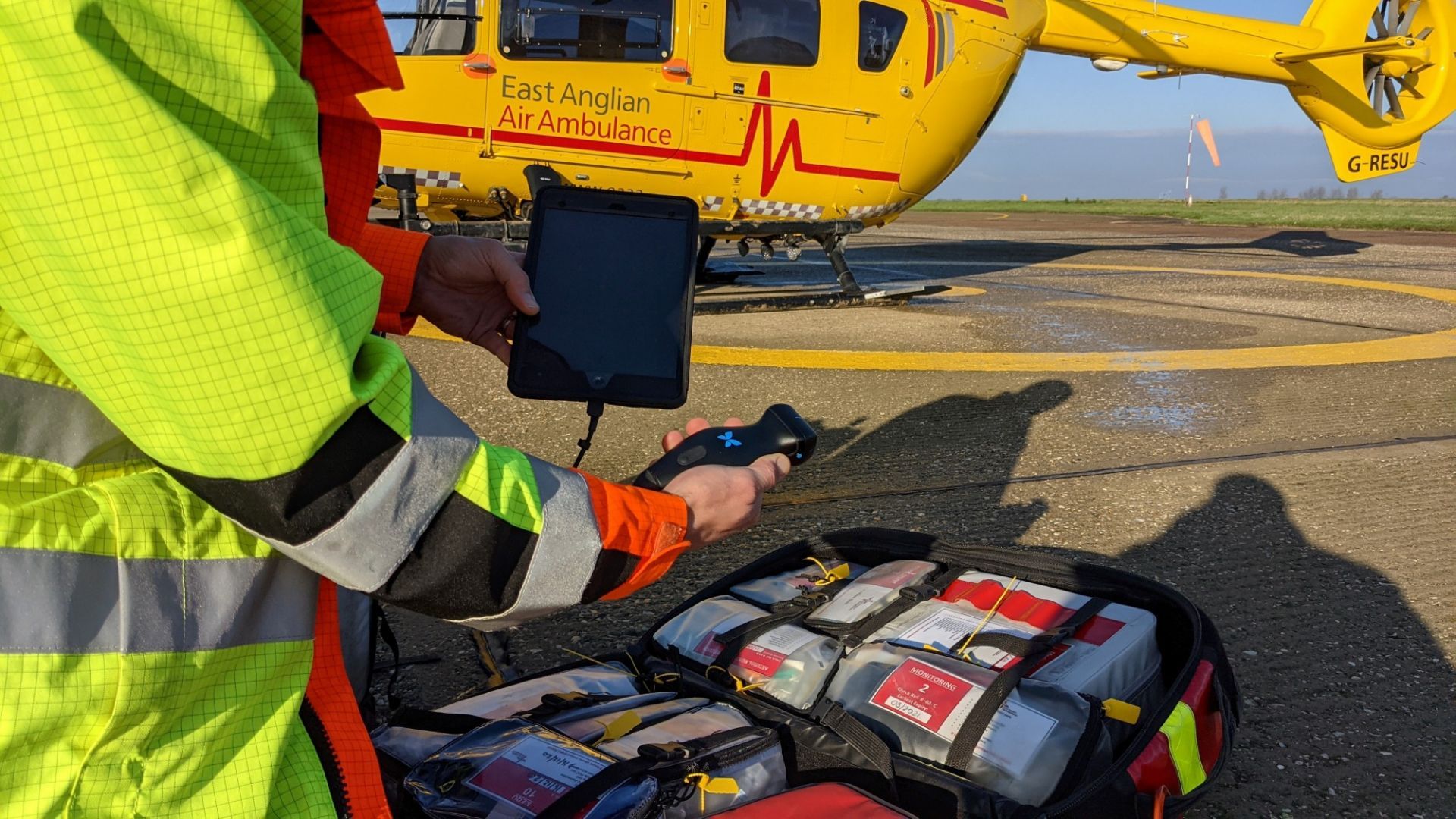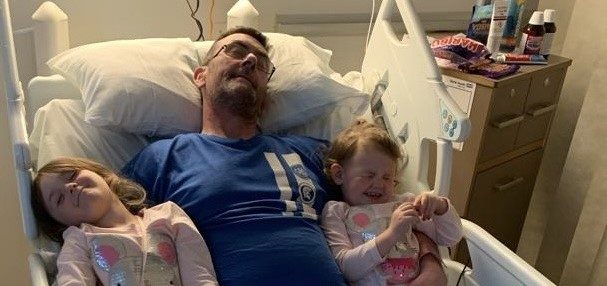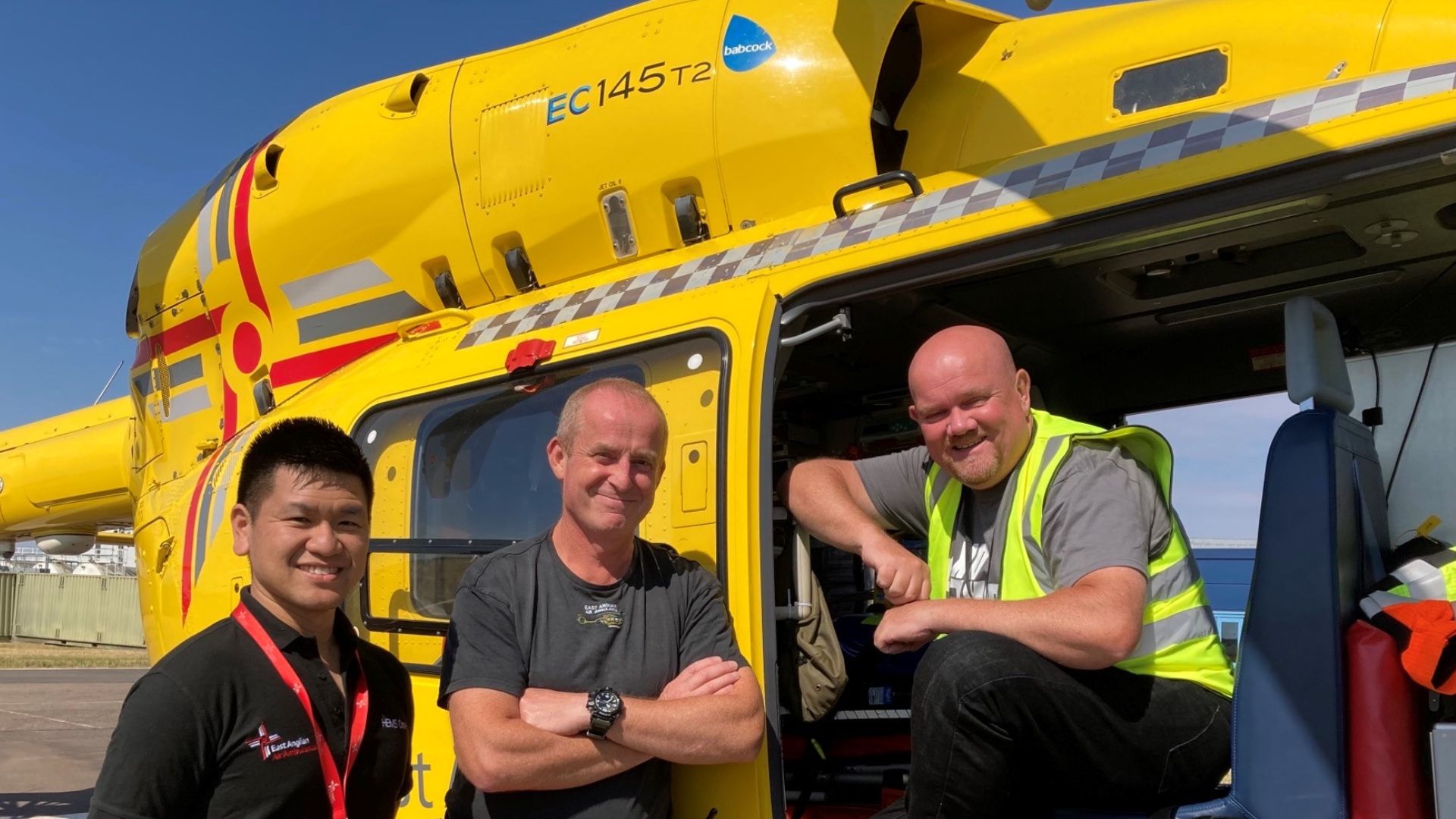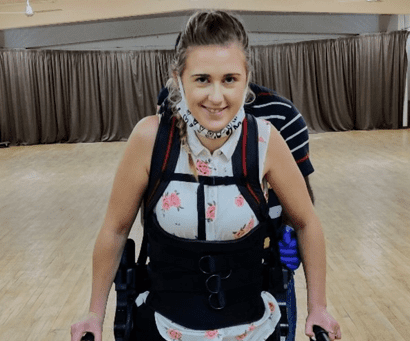Road Traffic Collisons
Road traffic collisions (RTCs) remain one of EAAA’s top three causes for patient treatment. We work closely with other emergency services and agencies to bring pre-hospital treatment and care to those with traumatic injuries because of a collision on the region’s road network. This can include the ambulance service, the police, fire and rescue, and highways organisations should road closures be required.
Arriving on scene
In many cases, the ambulance service will be the first on scene. When EAAA arrives by helicopter or critical care car, the crew will receive a full handover from the ambulance service. The crew will sometimes support with scene management and act as the clinical voice for how best to get injured people out of damaged vehicles. They will risk assess and ensure the scene is safe for them to access to the patient(s) and may triage in the event of multiple casualties.
The EAAA crew will conduct their own assessment of an injured patient in case anything has changed since an earlier assessment by the ambulance service.
In order to plan and deliver a patient’s treatment and care, the crew will monitor a patient’s vital signs and check for traumatic injuries and internal bleeding, using equipment, such as a Point of Care ultrasound (POCUS), and a ZOLL machine, which has a great deal of functionality, including the ability to monitor heart rate and rhythm, and oxygen and carbon dioxide levels.
Specialist medication and interventions
The crew may perform critical care interventions at scene to treat and stabilise an RTC patient with traumatic injuries. These go over and above what the ambulance service can provide and may include:
- Administering a pre-hospital emergency anaesthetic, intubating and ventilating a patient ahead of a transfer to hospital.
- Performing surgical procedures such as thoracostomies. These are incisions in the chest in the event of breathing difficulties following a pre-hospital emergency anaesthetic. With severe facial injuries, the crew may also perform a lateral canthotomy; this is a small cut to the ligament around the eye – a potentially sight saving procedure when pressure is building on a patient’s optic nerve.
- Administering advanced medication, for example to control pain or reduce the risk of infection. For example, the strong antibiotics carried by EAAA can reduce the chance of infection in the event of open fractures.
- Administering blood products. A blood transfusion at the scene means that gravely injured patients, who are suffering a significant bleed, have the best chance of getting to hospital thanks to the increased oxygen delivery and clot production that a transfusion (lyoplas) provides.
- Align and splinting severe/open fractures. This also helps reduce bleeding.
- The crews can also perform fluid resuscitation. This is a procedure that is often carried out in a hospital and involved inserting large lines into central veins, such as the femoral vein. In the event of difficulty inserting a cannula into a patient, fluids and medications can go into central vein.



